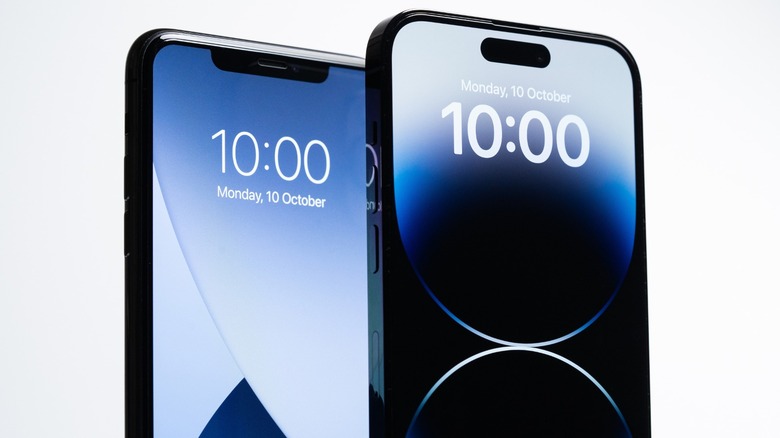
mokjc/Shutterstock
We’ve seen what it seems like both exponential innovation and stagnation in Apple’s design of the iPhones ever since its initial release back in 2007. When it comes to picking a phone with a solid camera, great battery life, and reliable software, iPhones are among the most recommended. This familiarity across its product line is what makes it difficult for people to consider any Apple competitors when shopping for an upgrade.
Still, tech experts often criticize the company for not having enough new features year-on-year. This is not to say that $3 trillion company hasn’t pushed some exciting additions to its smartphones. While competitors like Samsung aren’t afraid to bring huge form factor changes and bold hardware add-ons, Apple plays it safe — but still offers some hidden features in iPhones that heighten the experience of using the product.
Unfortunately, as the years have worn on, certain fan-favorite features have been removed over the years. Some are moves Apple acknowledged, like the removal of the headphone jack. Others sometimes got less attention, like the disappearance of compact-sized flagships. Here are some changes we would love to see added back into Apple’s iPhone line.
Headphone jack
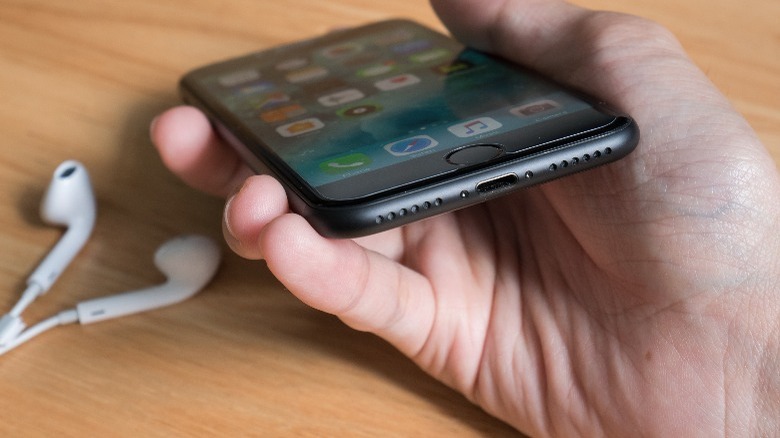
Wachiwit/Getty
You knew this was coming. Perhaps the most controversial move by Apple was the removal of the 3.5mm headphone jack in 2016. Up to this point, the audio port was taken for granted as a staple part of the tech industry. But not after Apple’s move. In retrospect, this was a genius move seeing as how Apple’s wireless AirPods now dominate the market of wireless noise-cancelling earbuds. You can also an adapter, converting Lightning or USB-C to 3.5mm, though it’s a hassle.
To be fair, Bluetooth earphones had been around for a while. Still, the convenience of just plugging in a cheap but reliable pair of wired earphones or headphones to your phone on the go was unparalleled. Unsurprisingly, the iPhone 7’s headphone jack-less design was met with much criticism at the time.
Shortly after, though Android smartphones began to follow suit. Today, headphone jacks are a rarity in modern devices. Despite the masses adopting wireless earphones, the resurrection of the headphone jack would be a killer addition for those of us who love our cords. But don’t hold your breath.
Touch ID
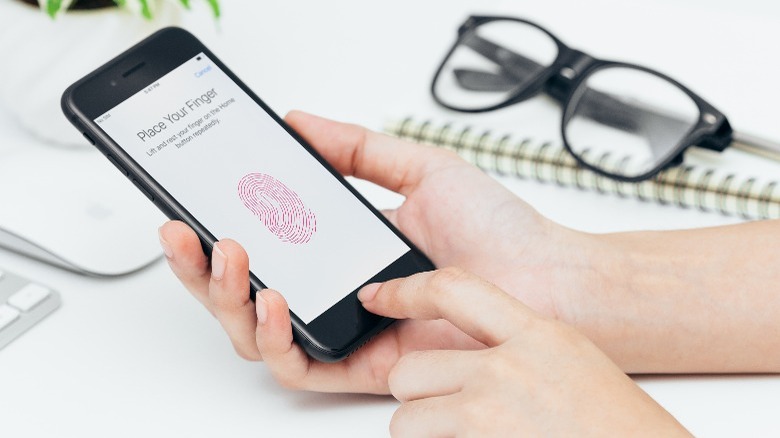
Blackzheep/Getty
10 years after the first iPhone, Apple moved away from devices with its thick bezel border and home button. The new design, called iPhone X, replaced that face with a large screen. The change brought a new Face ID biometric login system, but dropped the Touch ID fingerprint sensor under the home button.
Today, a few of Apple’s less-premium iPad models make use of the excellent Touch ID sensor as part of their power button, but it’s done more out of necessity than desire. The premium iPad Pro lineup defaults to Face ID for biometrics, and analysts often believe Apple turns to Touch ID to save money.
Many people in the tech industry have called for Apple to offer both options, and with good reason. There are instances where Face ID struggles, such as outdoors when wearing some sunglasses. The technology also defaults to requiring you to look at your phone’s screen in order to perform an unlock. Touch ID, on the other hand, offers the convenience of merely resting your finger on the button.
Another setting where Touch ID fares better than Face ID is while making cashless payments. You invoke Apple Wallet by clicking an iPhone’s power button twice anyway, then you typically finalize a payment using Face ID.
While Apple’s focused on Face ID, most Android phones have switched to under-display fingerprint scanners. People still hope Apple will join the crowd, but even that seems far-fetched.
3D Touch

19 STUDIO/Shutterstock
Apple typically doesn’t lean into hardware changes could be seen as gimmicks, but sometimes it’s seen that way anyway. Inarguably one of the coolest features the iPhone ever received was 3D Touch. For those unfamiliar, the technology worked similar to the Apple Watch’s Force Touch, which could sense differences in applied pressure on the display. By holding down your finger with more than normal pressure, different menus and elements would pop up, offering a new dimension. The baked-in «Peek» and «Pop» gestures, for example, let you touch on a photo in a list to preview it, then press harder to bring it full screen.
Despite how cool it sounded, the way it was implemented, 3D Touch was doomed from the start. The feature worked splendidly on Apple’s software, but it was up to third-party app developers to make use of an entirely new way of interacting with touch controls. Most of the interactions that were introduced with the feature have since been replaced with Haptic Touch, which is essentially a fancier way of asking users to long-press on the screen instead. However, if you own a relatively new MacBook, you still get to play around with the intuitive Force Touch-enabled trackpad that offers similar functionality.
Smaller iPhones
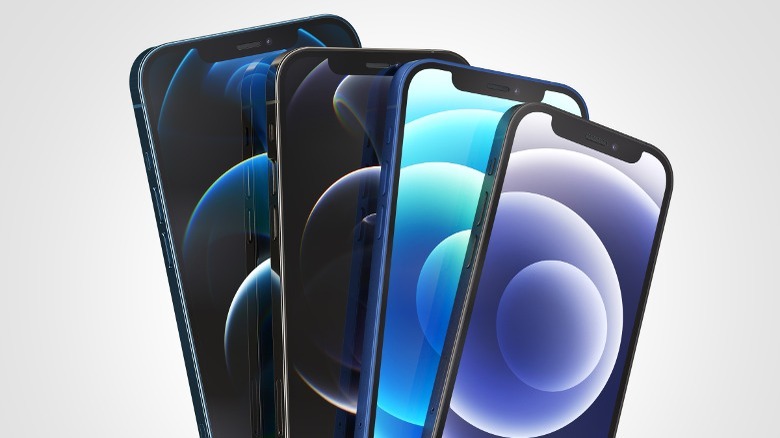
ALDECA studio/Shutterstock
Remember a decade ago when any smartphone over 5-someodd inches was called a «phablet»? Sure, the benefits of a larger screen included a more immersive media consumption experience, but not without the pitfalls of harder-to-reach ergonomics. Apple first introduced a larger smartphone in 2014 with the launch of the iPhone 6 Plus, and has since slowly gotten rid of its smaller form factor options.
Apple did offer a small-screened device iPhone for a couple of years. But ultimately, the decision to cancel the iPhone Mini didn’t take long. Right now, your only real options are to buy the relatively smaller iPhone 15, or the beefed-up iPhone 15 Pro — if you can still classify its 6.1-inch display as «smaller». Another option is the iPhone SE, which has a familiar design, though rumors are that Apple’s planning an upgrade with a bezel-less display and updated internals, somewhat similar to the iPhone 15. In that case, prospective buyers would still need to make the conscious decision of skimping out on a few key elements, such as the camera or higher quality display. Even the recently launched iPhone 15 Pro, while in a smaller footprint, has less impressive battery life and a less capable zoom lens.
Accessories in the box
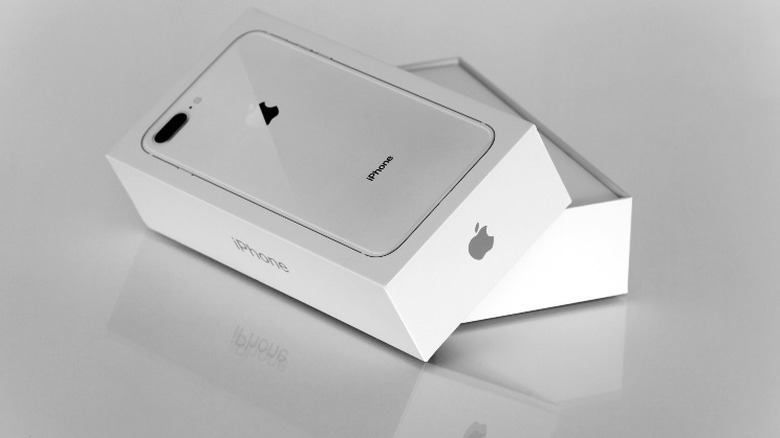
Gece33/Getty
Back a few years ago, there was excitement surrounding everything else you got in the packaging — not just the device. Older iPhones came with a charging brick, a USB cable, a pair of wired earphones, documentation, a SIM ejector tool, and even stickers. Over the years, we’ve seen the disappointing trend of smartphone manufacturers dropping accessories in the name of eco-friendliness. After burying the headphone jack, Apple did momentarily ship the same wired EarPods with an adapter, but that didn’t last.
A brand new iPhone, now, ships with nothing but the device, a USB charging cable, a single Apple sticker, and sometimes a SIM ejector pin. If you’ve switched from a considerably older iPhone, you’ll probably need to shell out extra money to get a USB-C wall adapter that comes in its own packaging, which isn’t very eco-friendly. Several Android phone makers have followed Apple’s lead, removing many accessories from their smartphone boxes now. There are a few exceptions, like OnePlus and Xiaomi, that go as far as to provide a phone case, but it’s rare.